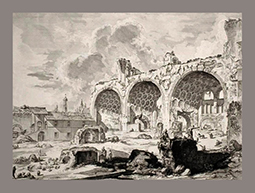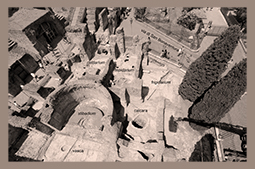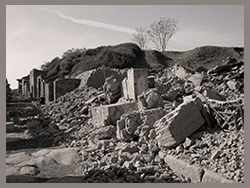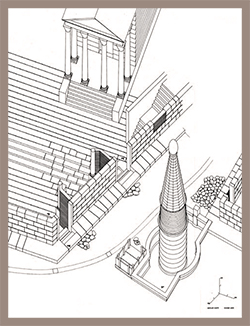Author: A. Bravi
Download article as .pdf: Aegyptiaca nello spazio romano di età augustea: gli obelischi da Heliopolis e il reditus di Augusto
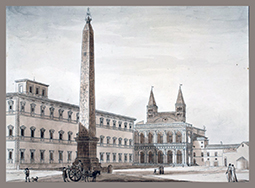 In Augustan Rome, the aegyptiaca played a significant role in the topography of the sacred promoted by the princeps. Two obelisks, from Heliopolis, were placed between 10 and 9 B.C. in the Campus Martius and on the spine of the Circus Maximus. In the vast bibliogra-phy on the function assumed by these Aegyptiaca in Roman spaces, the propagandistic intentions of Augustus and the ideological and political meanings assumed by these monuments in the context of a new configuration of the imperium have been emphasized. Starting from the premises already extensively addressed by previous criticism, which has adequately highlighted the values assumed by obelisks in Rome as functional in expressing the ecumenical dimension of the princeps’ power, the essay aims to demonstrate that, unlike other genres of Aegyptiaca, the monoliths translocated from Heliopolis were bearers of their own sacredness, whose senses were fully activated by virtue of their topographical locations and spatial contiguity with the sites of Augustus’ reditus from East and West: the altar to Fortuna Redux at the Circus Maximus and the Ara Pacis in the Campus Martius.
In Augustan Rome, the aegyptiaca played a significant role in the topography of the sacred promoted by the princeps. Two obelisks, from Heliopolis, were placed between 10 and 9 B.C. in the Campus Martius and on the spine of the Circus Maximus. In the vast bibliogra-phy on the function assumed by these Aegyptiaca in Roman spaces, the propagandistic intentions of Augustus and the ideological and political meanings assumed by these monuments in the context of a new configuration of the imperium have been emphasized. Starting from the premises already extensively addressed by previous criticism, which has adequately highlighted the values assumed by obelisks in Rome as functional in expressing the ecumenical dimension of the princeps’ power, the essay aims to demonstrate that, unlike other genres of Aegyptiaca, the monoliths translocated from Heliopolis were bearers of their own sacredness, whose senses were fully activated by virtue of their topographical locations and spatial contiguity with the sites of Augustus’ reditus from East and West: the altar to Fortuna Redux at the Circus Maximus and the Ara Pacis in the Campus Martius.



